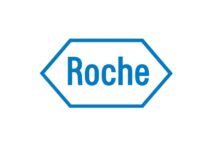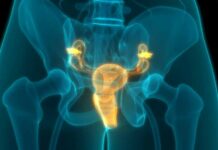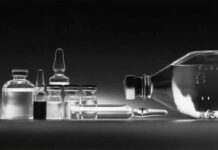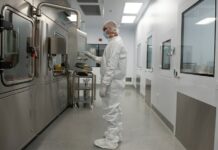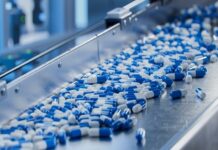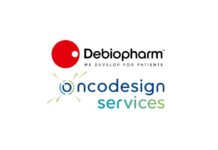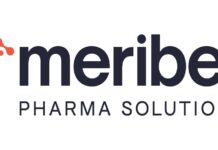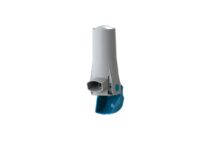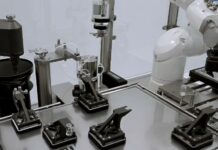Prefilled syringes have gone on to make up a decent portion in terms of injectable packaging segment in the past 10 years. As per an analysis done by GloblData, PFS went on to get 17% of the US FDA and EMA approvals in terms of injectable packaging between 2012 and 2021.
This trend is all set to continue, pushed majorly due to the rising prevalence in terms of chronic diseases like type 2 diabetes, which is usually treated by way of self-administered injections, and is anticipated to affect 234 million people in 2024.
Auto Injectors and their popularity
A new report rolled out by Simtra BioPharma Solutions as well as a featured market analysis from GlobalData discovers the lay of the land when it comes to PFS, thereby taking a very detailed look into the future of injectables and at the same time also examining major drivers that happen to be behind the demand that’s growing, which also includes the rising prevalence when it comes to auto-injectors.
During the period of COVID-19, for instance, most vaccines happened to make use of glass vials, especially when it came to rapid rollout as well as logistical reasons. However, the pandemic went on to alter the injectables landscape in another way by creating a better demand for remote patient monitoring- RPM.
At first, ramped-up due to lockdowns, and thereafter, due to the requirement when it comes to social distancing, the rising use of digital as well as decentralized clinical trials- DCTs as well as direct-to-patient treatments has gone on to give pharma as well as biotech companies a fast view of how RPM could go on to work in a successful way. As a matter of fact, according to a GlobalData 2021 survey, 17% of the respondents had gone on to adopt the RPM so as to address disruptions in clinical trials while at the same time another 15% looked forward to making a switch to DCTs.
All this transition has led to a growth in auto injectors, which are injectables that happen to be preferred over traditional or prefilled syringes by remote patients. When it comes to self-administered injections, auto injectors come with many advantages. Their user-friendly button press design goes on to skip the possibility of injuries as well as partial doses, and they can as well be designed with a variable or a constant dose, thereby making them perfect for gradual rises.
In today’s times, almost half of the injector products that happened to be marketed have gone on to be approved since 2027, thereby indicating that this type of packaging is all set to become much more popular in the future.
The biologics rise
Another major trend that has been explored in the report is the rise in biologics. As per the Pharma Intelligence Drug Database of GlobalData, the number of injectable products which at present are in pipeline happen to be growing fast.
Although such drugs in the past needed to have IV delivery, more biologics happen to be now being considered in terms of at-home self-administration by patients with chronic conditions like numerous kinds of cancer and also autoimmune diseases. All this has been made possible by way of formulations going on to become more apt for delivery that’s subcutaneous. Through increasing the dispersion as well as absorption when it comes to the injected drug, the volume can very well be decreased, therefore making injections much more seamless and comfortable for patients.
Moreover, research goes on to show that companies happen to be deciding on the final delivery methodology for treatments much earlier in the development process. By deciding this early, companies can indeed go on to decrease the kind of costly testing rounds with savings that could be made within costs as well as timescales.
Sustainability Issues
Throughout all the sectors, sustainability happens to be a common topic. The fact is that pharma is no exception. When we talk of injectables, there are concerns already which have been raised about the ecological impact in terms of single-use auto injectors along with pre-filled syringes which obviously contribute towards plastic waste and also incur pretty higher expenditures because of recycling challenges as compared to glass vials and also syringes that are recyclable.
But there also happens to be a valid argument that goes on to suggest that their user-friendly design may as well minimize the administration errors, thereby aiding in reducing pharma waste and also conserve the resources.
More precise dosing as well as fixed quantities within auto injectors may go on to decrease the requirement for surplus medication, and the popularity of these devices among patients can enhance adherence, thereby leading to much less waste by way of lessening additional packaging along with the transportation costs.
How can the CDMOs rule?
CDMOs have to indeed step-up and create the expertise as well as the capacity that is needed to go ahead and advance the pre-filled syringe sector, which will enable the companies to give out products that are much more user-friendly.
It is well to be noted that established CMOs with the most upgraded PFS development knowledge can help companies, especially the small biotech ones, with an array of possibilities. An independent CDMO, Simtra BioPharma Solutions specializes in partnering biotech and pharma firms on the development as well as contract manufacturing of injectable pharmaceuticals and is one of the largest contract manufacturers in terms of PFS in the world.
Significantly, Simtra is at present expanding its sterile fill and finish manufacturing facilities in Germany and also US so as to meet the growing needs of clients.
With $100 million in investment, the facility is going to have state-of-the art equipment so as to fill vials as well as prefilled syringes and also some more facilities when it comes to lyophilization, along with peristaltic filling mechanisms and, of course, rotary positions. Moreover, the new line is going to offer flexibility so as to meet the rising demand when it comes to aseptic syringe filling. Apparently, the construction when it comes to the new facility is all set to be completed in 2024 itself.
Apart from this, there are more developments that have taken place at the company’s manufacturing site in Indiana, US, where it has gone on to announce over $250 million in investment so as to expand the sterile fill and finish line.



